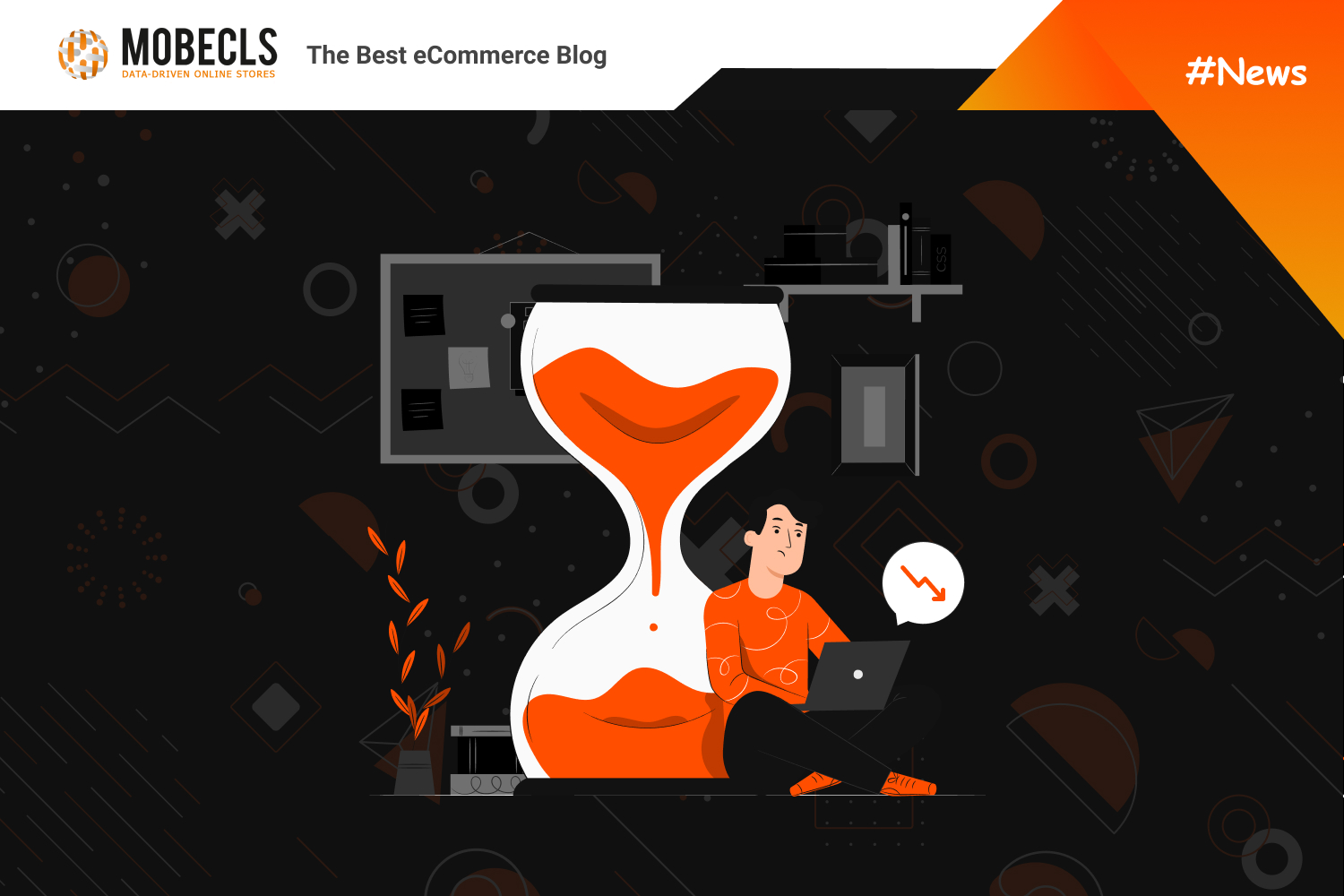Ecommerce downtime can cost businesses significantly. Every second your site is down, you risk losing customers and revenue.
Understanding what causes these downtimes and how to prevent them is crucial. This blog post will explore the importance of minimizing ecommerce downtime. Downtime can happen due to server issues, software glitches, or cyber-attacks. Each of these can have a significant impact on your business. By the end of this article, you’ll understand why keeping your ecommerce site up and running smoothly is vital. We’ll also discuss solutions to help you achieve this. For example, Liquid Web offers managed hosting services to ensure high performance and uptime. Their solutions include 24/7 support and customizable options to fit your needs. Stay tuned to learn more about preventing ecommerce downtime and keeping your business online.
Understanding Ecommerce Downtime
E-commerce downtime occurs when an online store is not operational. This means customers cannot access the website, which leads to lost sales and unhappy customers. Even a short period of downtime affects business. It impacts brand reputation and trust. Companies need to avoid downtime to keep customers happy.
Several factors cause ecommerce downtime. Server overload is one common cause. This happens when too many users access the site at once. Software bugs also lead to downtime. They cause the website to crash or malfunction. Cyber attacks like DDoS attacks disrupt services. Hardware failures cause unexpected downtime, too. Regular maintenance is essential to prevent these issues. Network issues are another cause. A problem with the internet connection affects access. Avoiding these problems keeps your ecommerce site running smoothly.

Credit: www.nexcess.net
The Impact Of Downtime On Sales And Customer Trust
Downtime can lead to significant financial losses. Every minute your store is down, you lose potential sales. Customers may decide to buy from competitors instead, resulting in a direct loss of revenue. The costs of fixing the issue also add up.
Customers expect your site to be available all the time. If they can’t access it, they may get frustrated. This can lead to a loss of trust, and they might not return to your store in the future. A negative experience can spread through word of mouth, further damaging your reputation.
A single instance of downtime can have long-term effects. Your brand’s reputation can suffer, and customers may perceive your store as unreliable. This can impact your brand loyalty and customer retention rates. Maintaining consistent uptime is crucial for long-term success.
Consider using Liquid Web for reliable hosting solutions. They offer 24/7 Heroic Support and a 100% Uptime Guarantee. Your e-commerce store deserves the best infrastructure and support.
Preventive Measures To Minimize Downtime
Reliable hosting services reduce downtime risks. Liquid Web Hosting Services is a good option. They offer 24/7/365 Heroic Support® and a 100% uptime guarantee. Their solutions are fully managed and customizable. Choose services like Managed WordPress Hosting or Cloud VPS Hosting. Learn more at Liquid Web.
Regular maintenance keeps your site running smoothly. Update plugins and themes often, fix bugs quickly, check for broken links, and ensure all software is up-to-date. This helps prevent unexpected issues. A well-maintained site faces fewer problems. Consistent updates are key.
Strong security measures protect your site. Use HTTPS for secure connections. Install a firewall. Regularly change passwords. Implement two-factor authentication. Monitor for suspicious activity. Secure your website from threats. A safe site stays online longer.

Credit: rewind.com
Monitoring And Detecting Downtime Early
Automated monitoring tools help track your ecommerce site. These tools alert you to any downtime. Liquid Web offers proactive monitoring for your website. This ensures your site stays up and running. Their tools check your site every few minutes. You get notified instantly if there’s a problem.
Setting up alerts is crucial for quick responses. Liquid Web provides 24/7 Heroic Support. This means you can get help anytime. Alerts can be sent via email or SMS. Quick responses reduce the impact on your business. Always set up alerts to stay informed.
Analyzing downtime data helps improve your site. Liquid Web offers detailed reports that show why the downtime happened. Use this data to fix issues and prevent future downtime. Regularly check and analyze these reports, which keeps your site running smoothly.
Disaster Recovery Planning
A strong disaster recovery plan is crucial. It helps protect your e-commerce business. Start by identifying potential risks. Create a detailed response plan for each risk. Ensure all team members know their roles. Document everything clearly. Update the plan regularly. This keeps it compelling.
Regular backups are essential. They protect your data from loss. Use both on-site and off-site backups. This ensures data safety. Automate the backup process. This avoids human error. Test your backups regularly. Ensure they work correctly. Quick data recovery minimizes downtime. It keeps your business running smoothly.
Testing is crucial for disaster recovery. Conduct regular drills. These tests ensure your plan works. Identify any weaknesses. Fix them immediately. Practice helps your team respond quickly. It reduces downtime during actual events.
Case Studies: Successful Downtime Prevention
Amazon has a strong strategy to prevent downtime. They use redundant systems, which ensures their site stays online. They also invest in high-performance servers. Another example is eBay. They focus on regular maintenance and updates, which helps avoid unexpected issues.
Liquid Web offers managed hosting solutions. Their services ensure 100% uptime. They provide 24/7 Heroic Support®, which means help is always available. They use high-performance servers, which ensures your site runs smoothly.
Lessons learned include investing in quality infrastructure. Regular maintenance is also key. Using a reliable hosting provider like Liquid Web is a wise choice. Their customizable solutions fit any business need.
https://www.youtube.com/watch?v=l8SaGWF2VKU
Conclusion: Maintaining A Resilient Ecommerce Platform
Maintaining a resilient ecommerce platform is essential to minimize downtime. Ensure regular updates and robust security measures to keep your site running smoothly.
Summarizing Key Strategies To Prevent Downtime
Regular monitoring is crucial. Keep your servers updated. Backup your data frequently to avoid loss. Use load balancers to distribute traffic evenly. Implement security measures to protect against attacks. Choose a reliable hosting provider like Liquid Web for managed hosting solutions.
Invest in disaster recovery plans and test them regularly. Maintain scalable resources to handle traffic spikes and ensure compliance with industry standards. Proactive monitoring helps identify issues before they become problems.
Encouraging Proactive Measures For Future Success
Train your team on best practices. Keep an eye on performance metrics. Regularly audit your systems for vulnerabilities. Stay informed about the latest ecommerce trends. Adjust your strategies as needed.
Communicate with your hosting provider. Liquid Web offers 24/7/365 Heroic Support®. This ensures help is available anytime. Aim for 100% uptime to build customer trust. A resilient platform leads to better customer satisfaction.

Credit: mobecls.com
Frequently Asked Questions
What Are The Worst Months For Ecommerce?
The worst months for ecommerce are typically January and February. Post-holiday shopping slows down, and consumer spending decreases.
What Does Website Downtime Mean?
Website downtime occurs when a website is unavailable or not functioning. This can impact user experience and revenue.
How Much Does Amazon Downtime Cost?
Amazon downtime can cost up to $220,318 per minute. This high cost significantly impacts revenue and customer trust.
Is Ecommerce Slowing Down?
Ecommerce growth is stabilizing after rapid pandemic-driven expansion. Market trends show continued strength but at a slower pace.
Conclusion
Minimize ecommerce downtime to boost customer satisfaction and sales. Reliable hosting is crucial. Consider Liquid Web for robust managed hosting solutions. They offer 24/7 support, ensuring your site stays up. Enhanced security and scalable resources guarantee performance. Choose wisely for a seamless online store experience.
